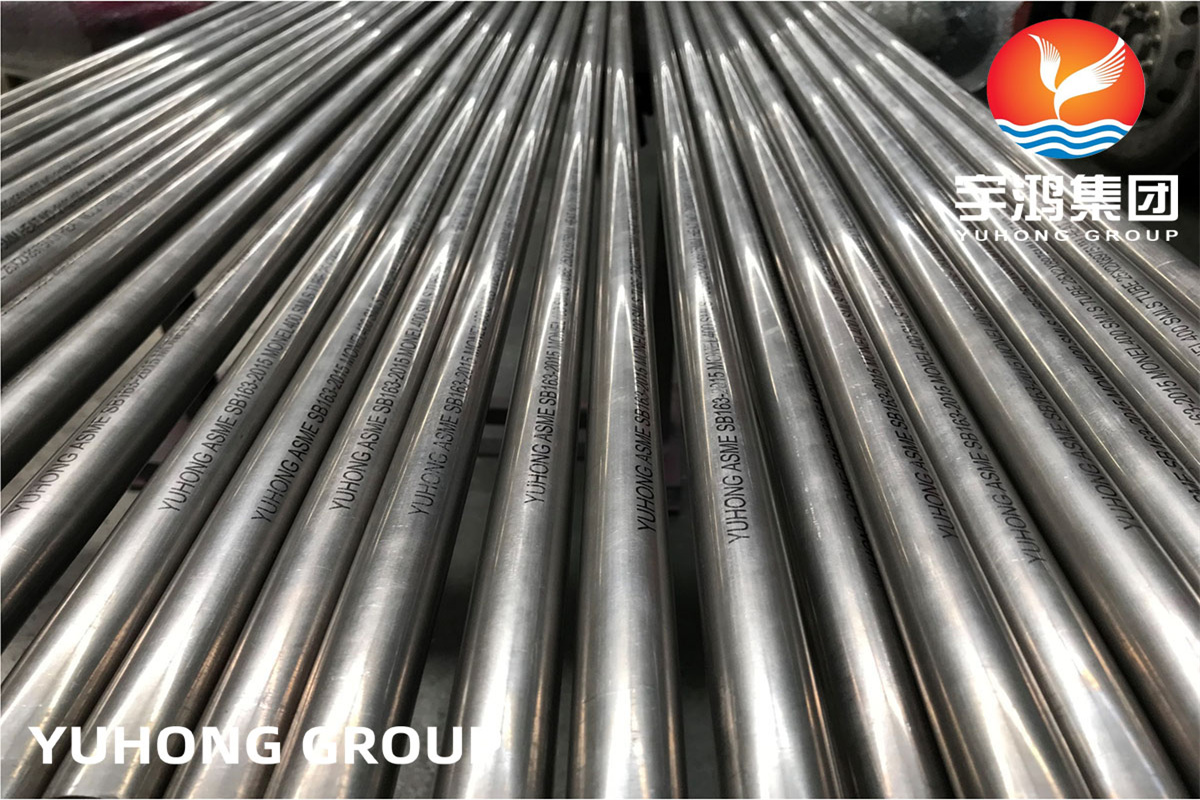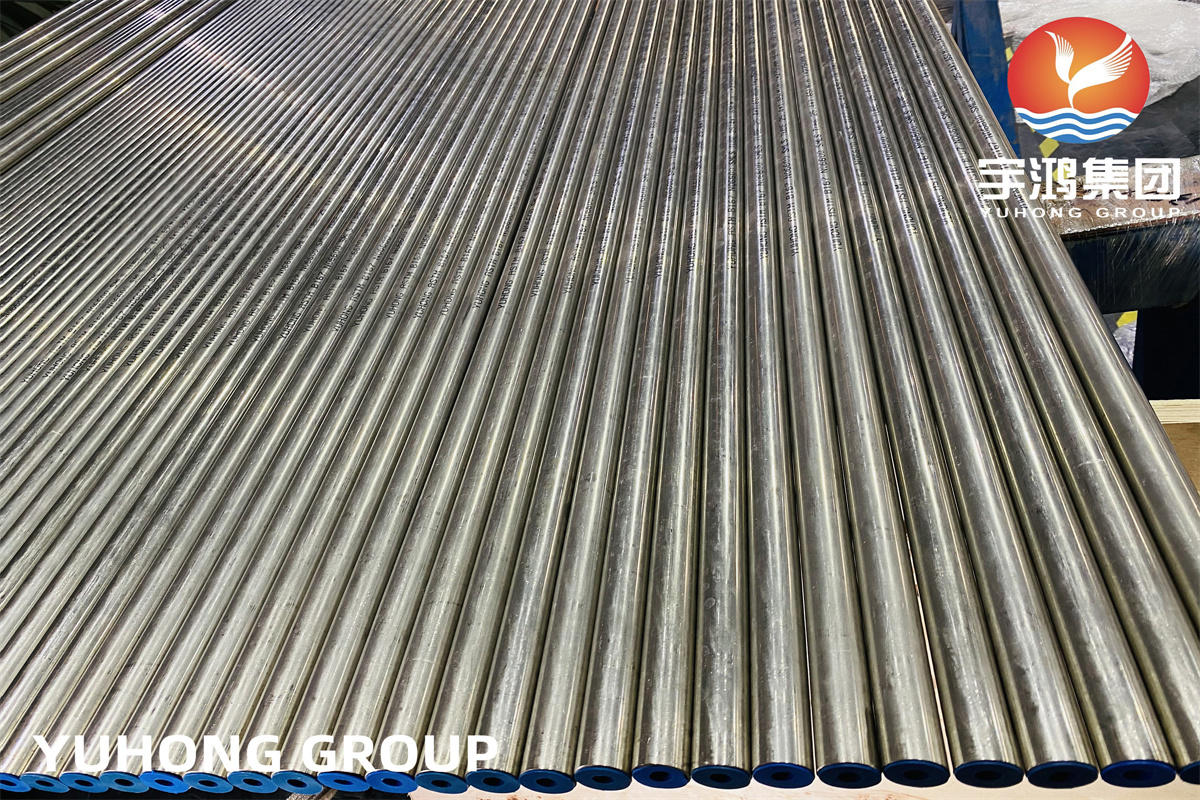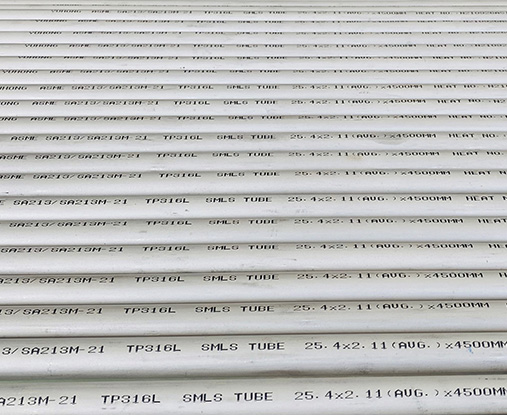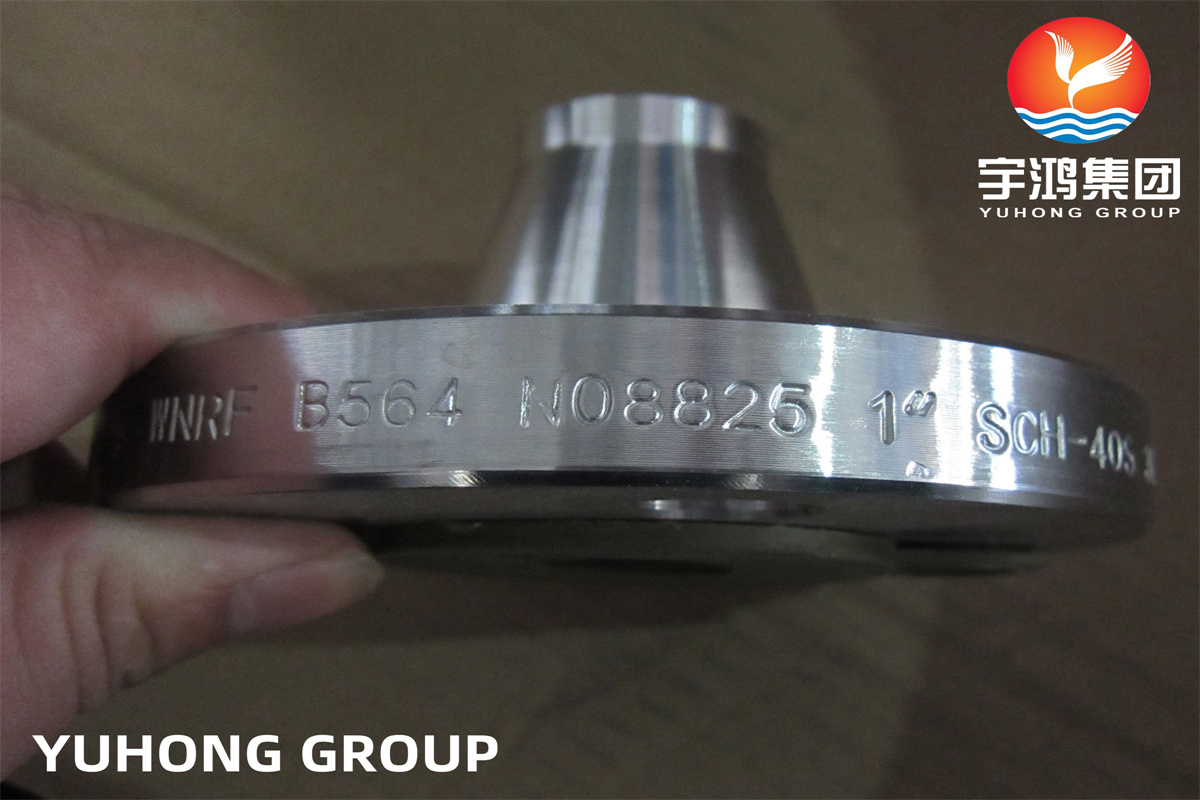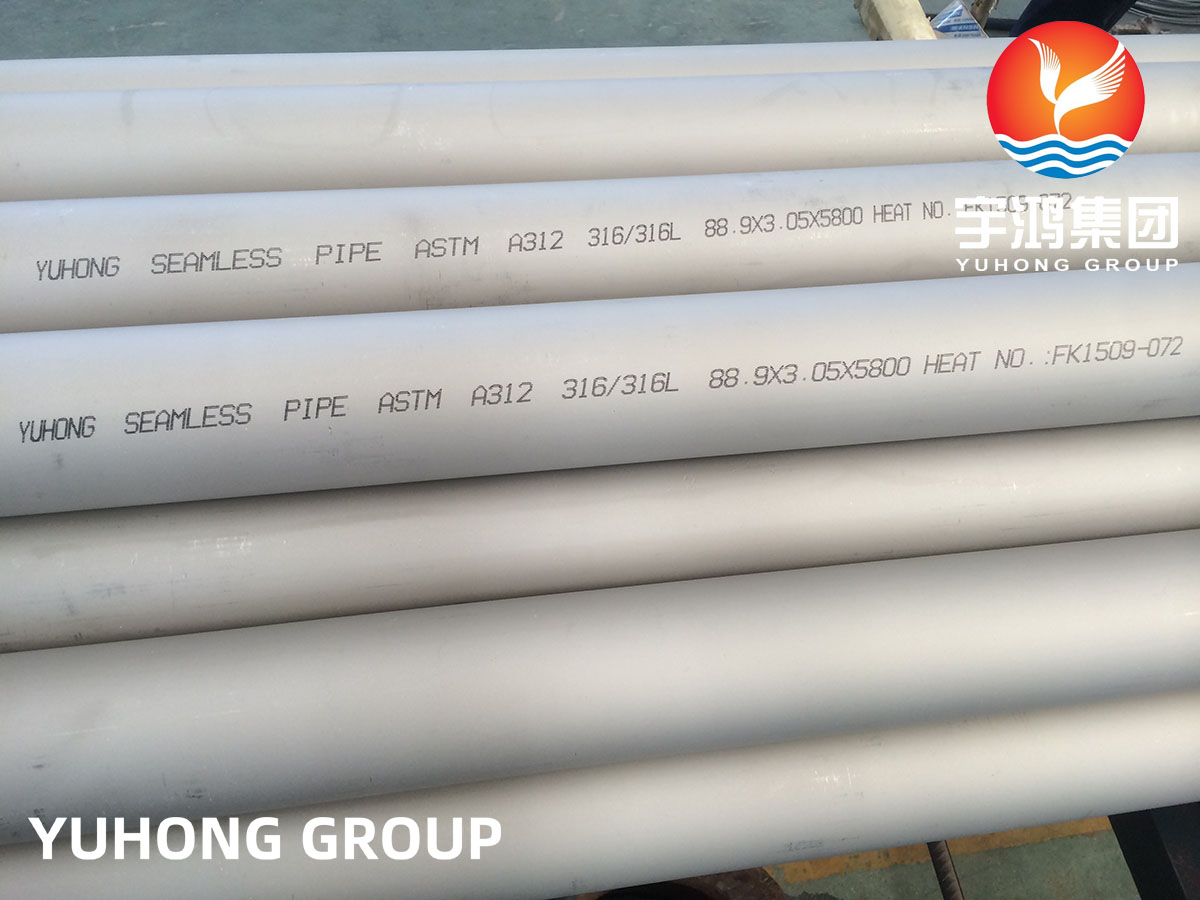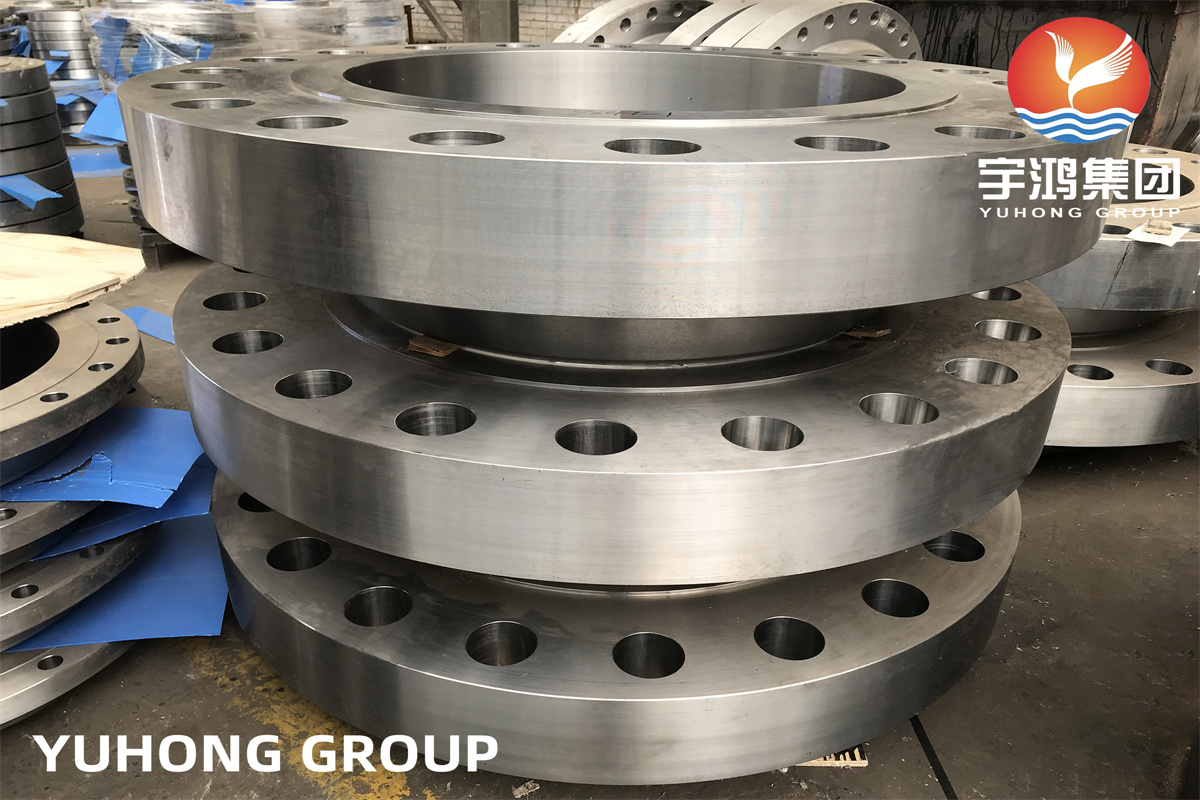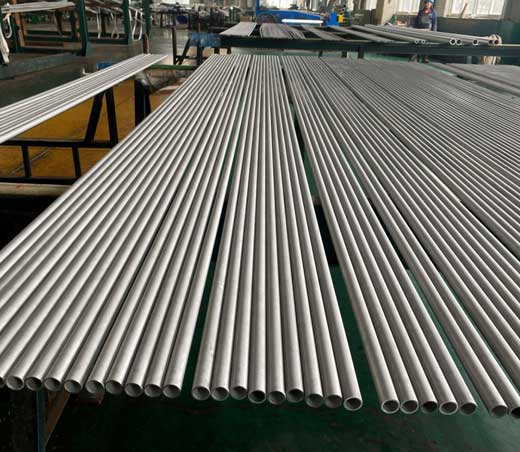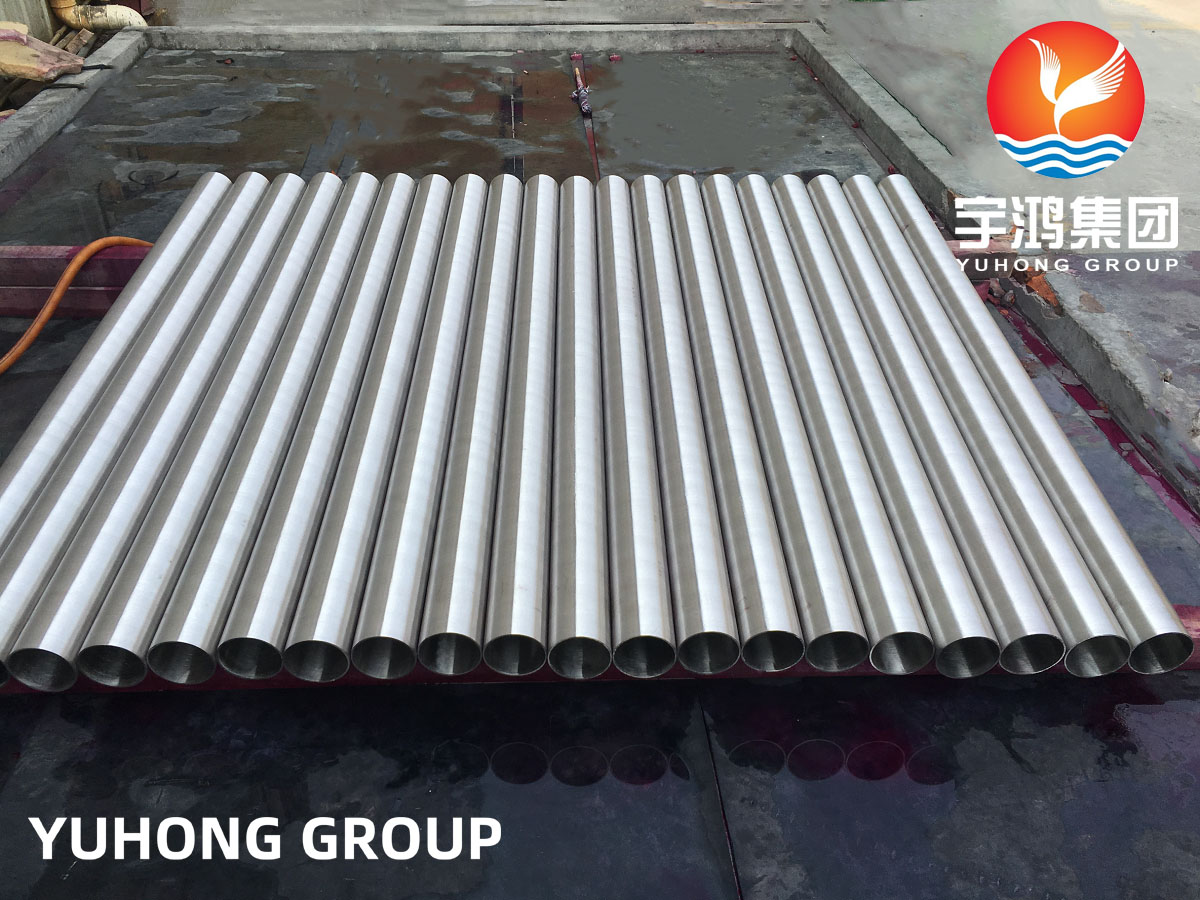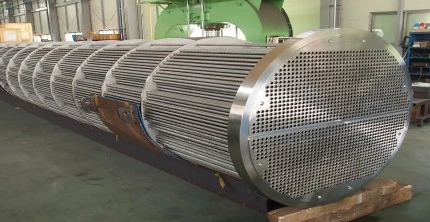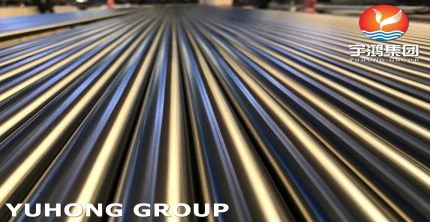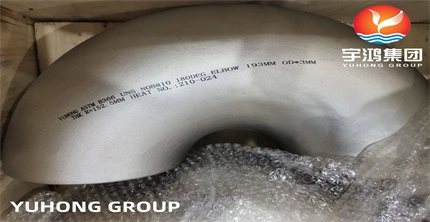What is Heat Treatment?
Heat treatment is to heat the metal material to a certain temperature, keep it warm for a certain period of time, and then cool it down to room temperature or lower at a certain rate, so as to improve the structure of the material and obtain a material with excellent performance. It generally refers to the treatment of metal materials, especially to the steel.
The heat treatment process includes annealing, normalizing, quenching, tempering, nitriding, cryogenic and other processes.
Annealing
It refers to slowly heating the metal to a certain temperature, maintaining it for a sufficient time, and then cooling it at an appropriate speed.
The purpose of this process is to reduce hardness; reduce residual stress, stabilize size, reduce deformation and crack tendency; refine grain, adjust structure, and eliminate structure defects.
Normalizing
Normalizing is a heat treatment that improves the toughness of steel. After the steel product is heated to 30-50°C above the Ac3 temperature, it is kept for a period of time and then air-cooled. The main feature is that the cooling rate is faster than annealing and lower than quenching.
The purpose is to remove the internal stress of the material and adjust the hardness of the material (generally increase).
Compared with normalizing and fully annealing, higher strength and hardness can be obtained. The production cycle of normalizing is short, the utilization rate of equipment is high, energy is saved, and the cost is low, so it has been widely used.
Quenching
It is the rapid cooling of steel after high temperature heating to improve hardness and strength.
The purpose is to improve the mechanical properties of metal products or parts.For example:improve the hardness and wear resistance of tools, bearings,etc., improve the elastic limit of springs, improve the comprehensive mechanical properties of shaft parts, etc.And improve the material properties or chemical properties of some special steels.
Tempering
Tempering is the reheating of steel parts to a appropriate temperature below the critical point AC1 for a certain period of time after quenching, and then cooling at an appropriate rate to obtain the required structure and properties of the heat treatment process.
The purpose is to adjust material hardness, improve toughness and eliminate internal stress; adjust the mechanical properties of the workpiece; stable workpiece size;improve the cutting performance of some alloy steels .Tempering can be divided into low temperature tempering and high temperature tempering. The higher the tempering temperature, the greater the hardness reduction of the material and the stronger the toughness.
Nitriding
Nitiding treatment refers to a chemical heat treatment process in which nitrogen atoms penetrate into the surface of the wokpiece in a certain medium at a certain temperature.
The purpose is to let products have excellent wear resistance, fatigue resistance, corrosion resistance and high temperature resistance.
Deep cold
Cryogenic treatment is to treat the metal below -160 C, so that almost all of the soft retained austenite is converted into high-strength martensite.
The purpose is to eliminate retained austenite (after quenching and tempering,the retained austenite is about 8~20%. According to the austenife is very unstable, when it is subjected to external force or environmental temperature changes, it is easy to transform into martensite.) After cryogenic cooling, reducing the residual stress, makes the metal matrix more stable, and improves the strength and toughness of the metal material.
.jpg)

 English
English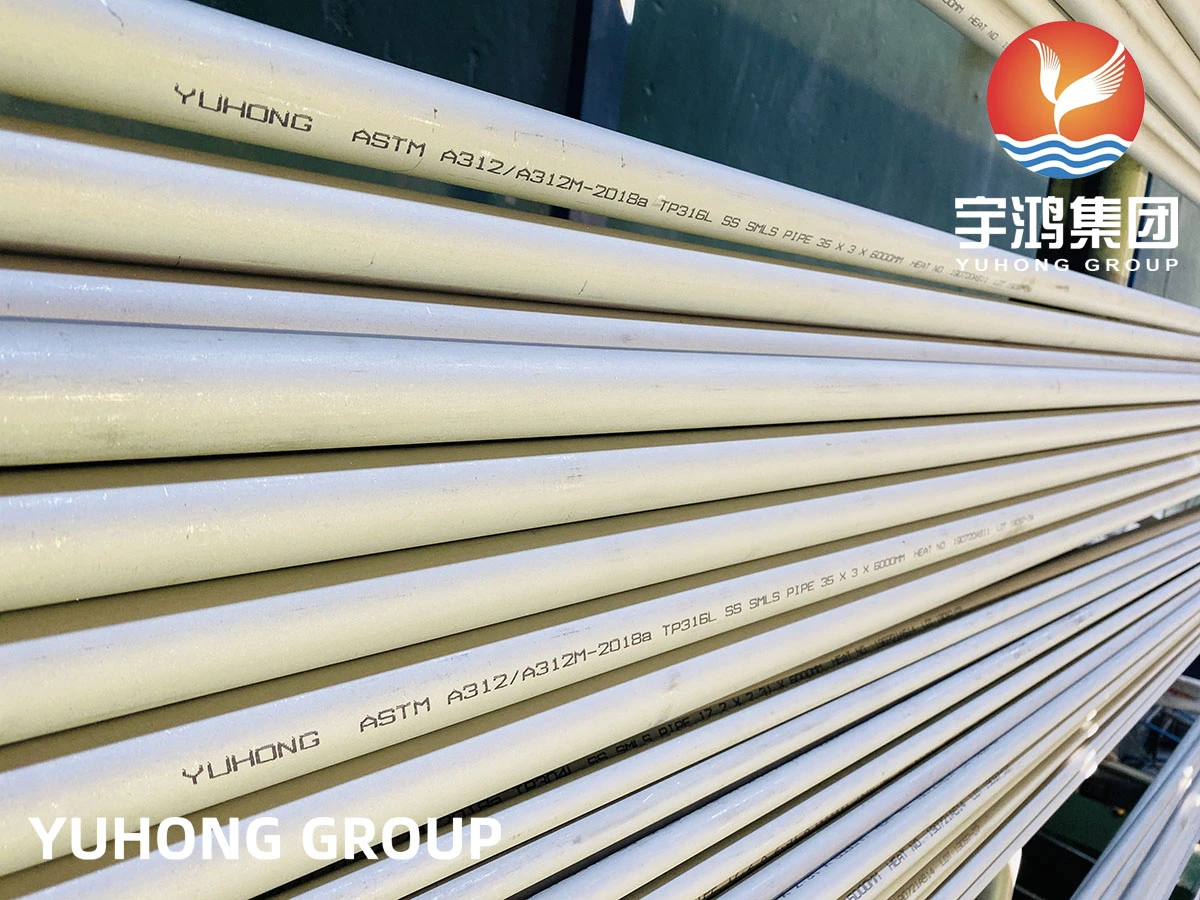
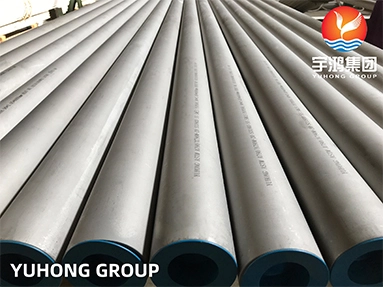
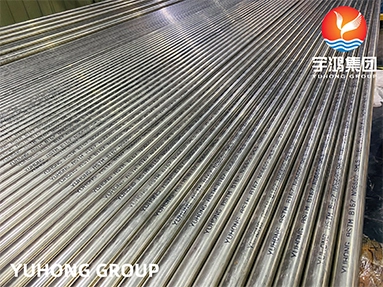
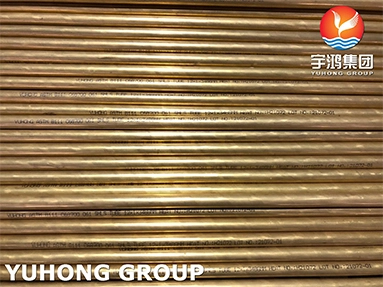
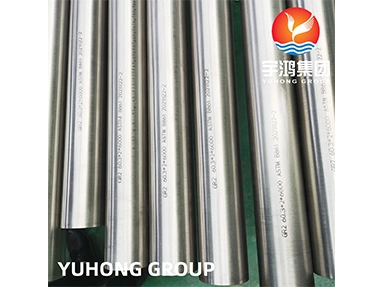
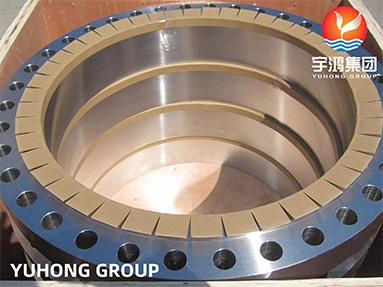
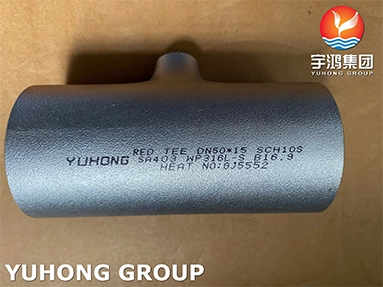
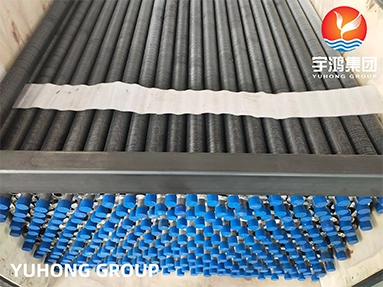
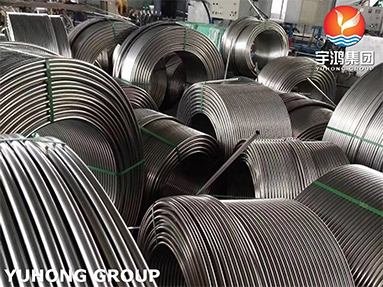


.jpg)
